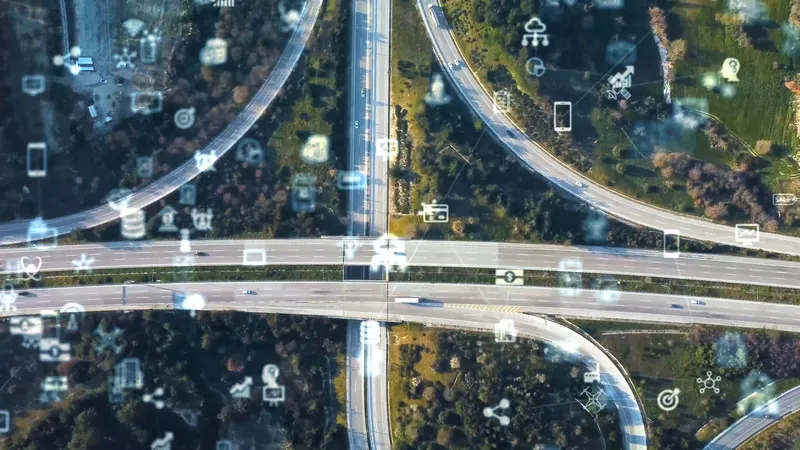UK company Xylem Water Solutions has invested in TomTom fleet management technology to improve customer service and boost its green credentials, by rolling out an advanced TomTom system, featuring integrated tracking, navigation and vehicle diagnostic devices, across its 192-strong commercial fleet. TomTom’s ecoPLUS fuel diagnostic device reads fuel consumption data directly from vehicles on the road to help optimise mpg. This information, along with data on speeding, harsh braking and steering, is fed bac
June 26, 2013
Read time: 2 mins
UK company Xylem Water Solutions has invested in 1692 TomTom fleet management technology to improve customer service and boost its green credentials, by rolling out an advanced TomTom system, featuring integrated tracking, navigation and vehicle diagnostic devices, across its 192-strong commercial fleet.
TomTom’s ecoPLUS fuel diagnostic device reads fuel consumption data directly from vehicles on the road to help optimise mpg. This information, along with data on speeding, harsh braking and steering, is fed back to drivers in real time through their navigation devices and back to managers in TomTom’s WEBFLEET fleet management software.
The move, supported by official TomTom partner F16 Consulting, will enable Xylem to provide customers with reliable ETAs, ensure its drivers arrive at site, on time, and generate substantial fuel and efficiency savings.
“We are regularly measured against Service Level Agreement KPIs by our customers and TomTom will help ensure we hit our agreed targets,” said Paul Whiteside, Xylem Water Solutions’ Logistics Manager.
“Our engineers will benefit from not only the safest, but also the quickest, possible journeys to customers, while avoiding congestion with smart IQ Routes and HD Traffic navigation technology. Improved routing, combined with driver performance monitoring tools, will also help cut fuel costs and, in turn, our carbon footprint. “TomTom’s solution will also help us to better manage road risk, improving the safety of our mobile workforce,” he added.
TomTom’s ecoPLUS fuel diagnostic device reads fuel consumption data directly from vehicles on the road to help optimise mpg. This information, along with data on speeding, harsh braking and steering, is fed back to drivers in real time through their navigation devices and back to managers in TomTom’s WEBFLEET fleet management software.
The move, supported by official TomTom partner F16 Consulting, will enable Xylem to provide customers with reliable ETAs, ensure its drivers arrive at site, on time, and generate substantial fuel and efficiency savings.
“We are regularly measured against Service Level Agreement KPIs by our customers and TomTom will help ensure we hit our agreed targets,” said Paul Whiteside, Xylem Water Solutions’ Logistics Manager.
“Our engineers will benefit from not only the safest, but also the quickest, possible journeys to customers, while avoiding congestion with smart IQ Routes and HD Traffic navigation technology. Improved routing, combined with driver performance monitoring tools, will also help cut fuel costs and, in turn, our carbon footprint. “TomTom’s solution will also help us to better manage road risk, improving the safety of our mobile workforce,” he added.










